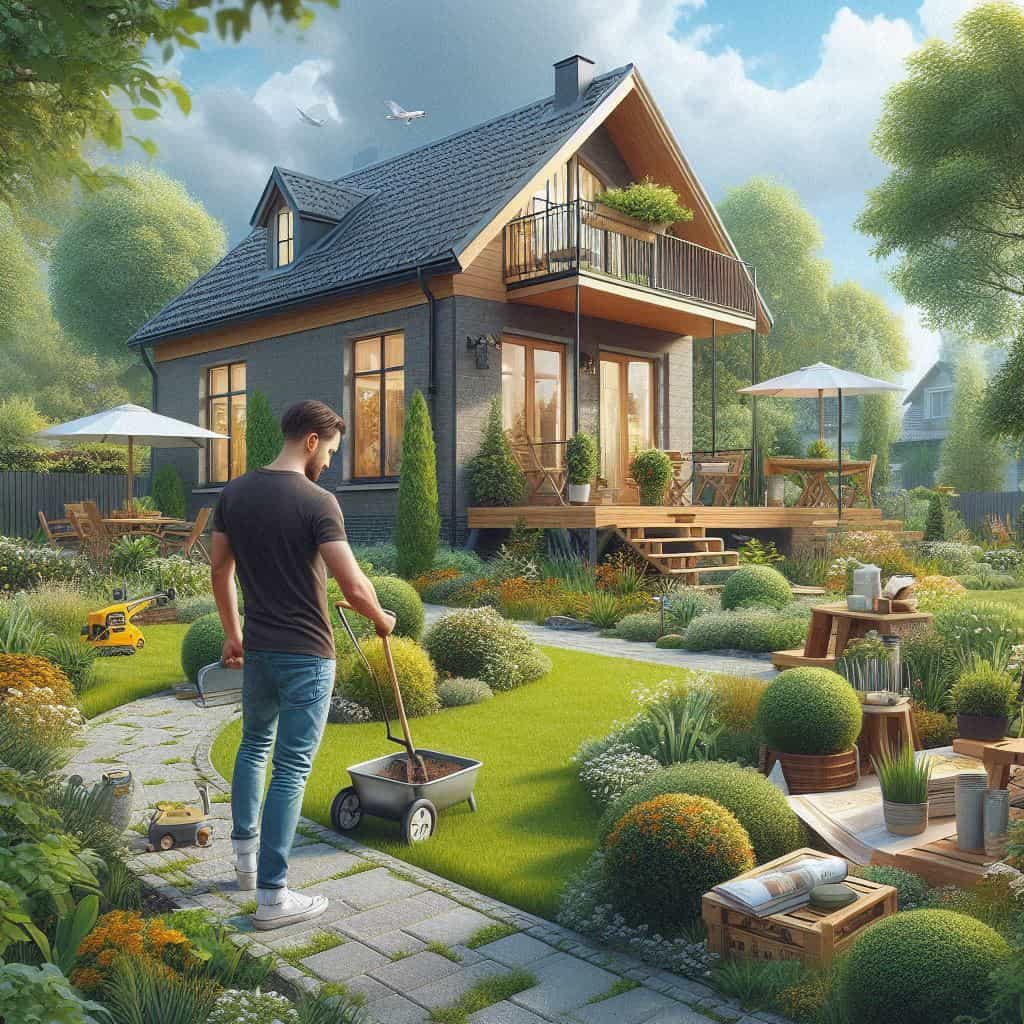The kitchen in a private house plays a crucial role not only as a workspace but also as a gathering place for the entire family. One of the key aspects influencing the comfort and functionality of the kitchen is the windows. The choice of window shape, size, and technologies significantly contributes to creating a cozy atmosphere, ensuring natural light, and providing energy efficiency for the space.
Window Shapes
The choice of window shapes depends on the interior style, architectural features of the house, and the preferences of the homeowners. Common window shapes used in private homes include:
- Rectangular Windows: A classic choice suitable for almost any house style. Rectangular windows provide good illumination and easily blend with various architectural designs.
- Oval or Round Windows: These window shapes add a unique character to the interior and can be used for creating distinctive designs. However, they may be less practical in terms of furniture placement.
- Arch Windows: Arch shapes add elegance and luxury, fitting well into both classical and modern design styles.
Window Sizes
Window size plays a crucial role in the visual perception of space and natural lighting. When choosing window sizes, consider:
- Kitchen Orientation: For north-facing kitchens, large windows can maximize available light, while south-facing ones may require protection against overheating.
- Functionality: Window size also depends on the kitchen's functionality. Workspaces benefit from ample light provided by larger windows, while smaller windows may be suitable for creating coziness in dining areas.
In addition, kitchen windows should allow for frequent ventilation. In the case of double-sash windows, it's advisable to consider the option of opening both sashes. The use of tilt-and-turn mechanisms allows for regulating ventilation depending on the season and kitchen usage intensity.
It's crucial for the window construction in the kitchen to include a climate control system. This improves air exchange in the room and prevents excessive condensation on the glass caused by high temperatures and humidity in the kitchen during colder months, surpassing environmental conditions.
Window Technologies
Modern window technologies can significantly impact comfort and energy efficiency. Some of these technologies include:
- Energy-Efficient Glazing: Special coatings and gas fillings can substantially enhance window insulation, reducing heating costs.
- Ventilation Systems: Integrated window ventilation systems ensure the inflow of fresh air, maintaining optimal conditions in the room.
- Thermoregulating Coatings: These coatings allow for controlling the heat flow through windows, preserving a comfortable indoor climate.
When choosing plastic windows, attention should be paid to the quality of the profile material. Inexpensive materials may discolor within 2-3 years and may also be toxic. Special consideration should be given to selecting hardware and locking mechanisms, as the load on these elements in kitchen windows is noticeably higher than in other areas.
Conclusion
Choosing windows for the kitchen in a private house involves finding a balance between aesthetics, functionality, and energy efficiency. Before making a final decision, consulting with professionals and considering the individual features of the space is advisable. Ultimately, well-selected windows will not only be a functional element of the kitchen but also a crucial part of the overall home style, creating a cozy and comfortable space for the entire family.



